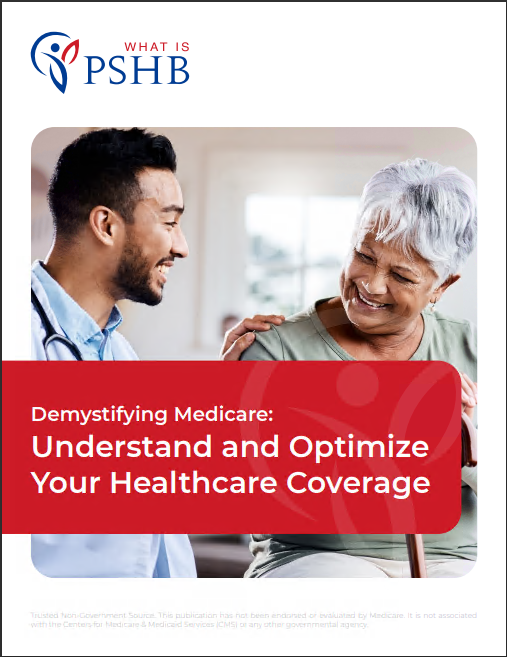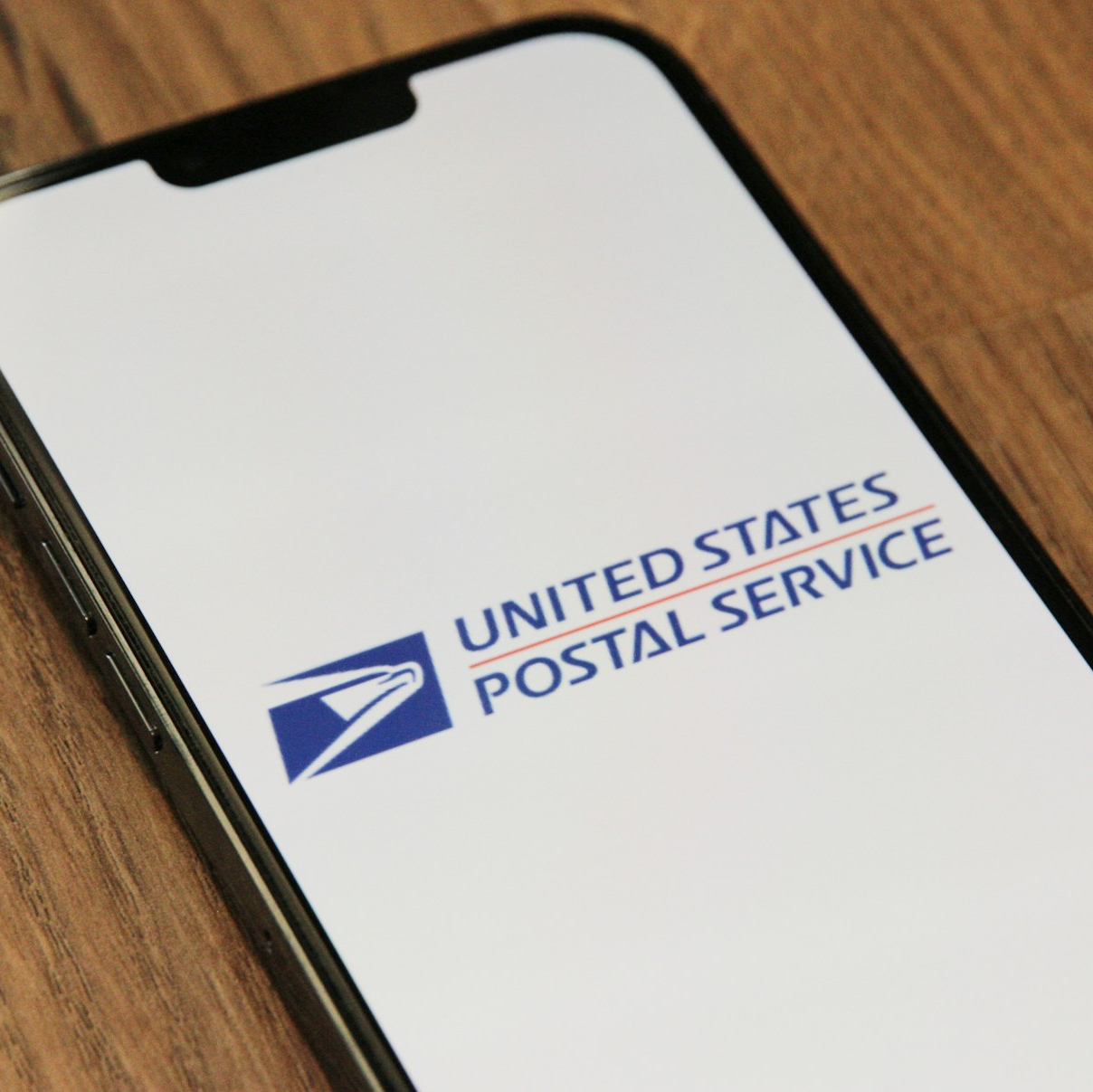Key Takeaways:
-
The transition to the 2025 Postal Service Health Benefits (PSHB) program introduces major updates designed to simplify and improve healthcare for postal workers and retirees.
-
By understanding the new cost structures and coverage options, you can make informed choices to maximize your benefits.
Why This Transition Is a Big Deal
The 2025 shift to the Postal Service Health Benefits (PSHB) program marks one of the most significant updates in federal employee healthcare in recent history. It’s not just about changing your health plan; it’s about embracing a program designed specifically for the needs of postal workers and retirees.
As a postal employee or retiree, you might feel apprehensive about this change. But with a clear understanding of the updated premiums, Medicare integration, and broader provider networks, you’ll find that PSHB could offer a more tailored approach to managing your healthcare. With Open Season fast approaching, now is the time to get familiar with what’s coming and prepare to make the best decisions for your health.
Premiums: What to Know and How to Plan
Who Pays What?
For active postal employees, USPS will continue to contribute a substantial portion of your premiums, ensuring affordability. Retirees, however, will need to navigate a different structure, particularly if they’re Medicare-eligible. The integration with Medicare Part B—a mandatory requirement for many—means retirees must budget for both PSHB premiums and the standard Medicare Part B premium of $185 per month in 2025.
Balancing Costs and Benefits
Understanding your total healthcare costs is essential. Low-premium plans might seem appealing, but they often come with higher deductibles and out-of-pocket limits. If you anticipate frequent doctor visits or prescription needs, a higher-premium plan with better coverage might ultimately save you money.
How to Compare Plans
Start by evaluating your health history and anticipated needs for 2025. Look for plans that align with your healthcare usage patterns and ensure your preferred providers are included in the network. The key is to find a balance that minimizes your overall spending while providing the coverage you need.
Deductibles and Out-of-Pocket Costs
Understanding Deductibles
A deductible is the amount you pay out-of-pocket before your insurance starts covering your medical expenses. In 2025, PSHB plans will offer a variety of deductible levels to suit different budgets and healthcare needs. Lower deductibles often come with higher premiums, while higher-deductible plans may work well for those with minimal medical needs.
Out-of-Pocket Maximums
Every PSHB plan includes an out-of-pocket maximum, which caps the total amount you’ll spend on covered services in a given year. Once you hit this limit, the plan covers 100% of additional costs for the rest of the year. This feature can provide significant financial protection if you face unexpected medical bills.
Tips for Managing Costs
-
Schedule Preventive Care: Many plans cover preventive services, like annual check-ups and screenings, without applying them to your deductible.
-
Use Tax-Advantaged Accounts: Flexible Spending Accounts (FSAs) and Health Savings Accounts (HSAs) allow you to use pre-tax dollars to pay for eligible expenses, helping you manage out-of-pocket costs more efficiently.
-
Plan Big Expenses: If you’re close to meeting your deductible, schedule necessary procedures or treatments before the end of the year to maximize coverage.
Medicare Integration: A Key Component
The Role of Medicare Part B
Medicare Part B enrollment is mandatory for most retirees under PSHB. This integration simplifies your coverage by making Medicare the primary payer for outpatient services while PSHB plans act as the secondary payer. The result? Lower out-of-pocket costs and more comprehensive coverage.
2025 Part B Premiums
The standard monthly premium for Medicare Part B in 2025 is $185, though higher-income earners may pay more. While this is an additional expense, the reduced out-of-pocket costs for doctor visits, lab tests, and outpatient procedures can offset the premium.
Coordinating Benefits
With Medicare covering the majority of outpatient and hospital services, your PSHB plan steps in to handle additional costs like coinsurance and prescription drugs. This dual-layer coverage ensures that you’re protected against significant medical expenses while enjoying access to a broad network of providers.
Expanded Access to Care
Nationwide Provider Network
One of the standout features of PSHB is its extensive provider network. Whether you’re seeking routine care, specialist visits, or emergency treatment, you’ll have access to a wide range of healthcare professionals across the country. For retirees who travel or split their time between different locations, this nationwide access is invaluable.
Focus on Preventive Services
Preventive care is a cornerstone of PSHB plans. Many preventive services, such as vaccinations, annual wellness visits, and cancer screenings, are covered at no additional cost. Prioritizing these services can help you stay ahead of potential health issues and reduce your long-term medical expenses.
Specialty Care Options
If you require specialized care, PSHB plans offer tailored options to meet your needs. Whether it’s managing a chronic condition or accessing advanced treatments, these plans are designed to provide comprehensive support. Be sure to review the plan’s network and benefits to ensure your healthcare priorities are covered.
Your Open Season Game Plan
Key Dates
Open Season for 2025 runs from November 11 to December 9, 2024. During this period, you can:
-
Enroll in a new PSHB plan.
-
Adjust your family’s coverage.
-
Make changes to better align with your healthcare needs.
Decisions made during Open Season take effect on January 1, 2025. Missing this window means you’ll need to wait until the next Open Season unless you experience a qualifying life event.
How to Prepare
-
Assess Your Needs: Review your healthcare usage from the past year to identify trends or changes in your medical requirements.
-
Compare Plans: Use available tools to evaluate the differences in premiums, deductibles, and out-of-pocket maximums.
-
Factor in Medicare: If you’re Medicare-eligible, ensure your PSHB plan works seamlessly with your Medicare coverage.
-
Verify Provider Participation: Check that your preferred doctors and hospitals are part of your plan’s network.
Managing Prescription Drug Costs
Changes for 2025
A major update under the 2025 PSHB program is the $2,000 cap on out-of-pocket prescription drug expenses for Medicare Part D beneficiaries. This cap provides significant financial relief for individuals managing costly medications.
Cost-Saving Strategies
-
Use In-Network Pharmacies: Filling your prescriptions at participating pharmacies can reduce your costs.
-
Choose Generics: Generic drugs are often much cheaper and just as effective as their brand-name counterparts.
-
Opt for Mail-Order Services: Many plans offer lower copays for medications ordered through mail delivery.
Why These Changes Matter
Streamlined Coverage
The integration between PSHB and Medicare streamlines your healthcare coverage, ensuring you have comprehensive protection without unnecessary overlap. This coordination reduces out-of-pocket expenses and simplifies the billing process.
Tailored Benefits
Unlike the broader FEHB program, PSHB is designed specifically for postal workers and retirees. This focus allows for more targeted benefits that align with your unique needs, whether you’re managing a family or planning for retirement.
Financial Security
By capping out-of-pocket expenses and expanding preventive care options, PSHB helps protect you against unexpected medical costs. This financial predictability is especially important for retirees on fixed incomes.
Looking Ahead to 2025 and Beyond
The transition to the Postal Service Health Benefits program in 2025 is more than a routine change; it’s an opportunity to redefine how you approach healthcare. With enhanced coverage options, better integration with Medicare, and a focus on preventive care, PSHB offers a fresh start for managing your health.
Take advantage of Open Season to explore your options and make informed decisions. By aligning your healthcare choices with your needs, you’ll be well-positioned to enjoy the benefits of this updated program in 2025 and beyond.












